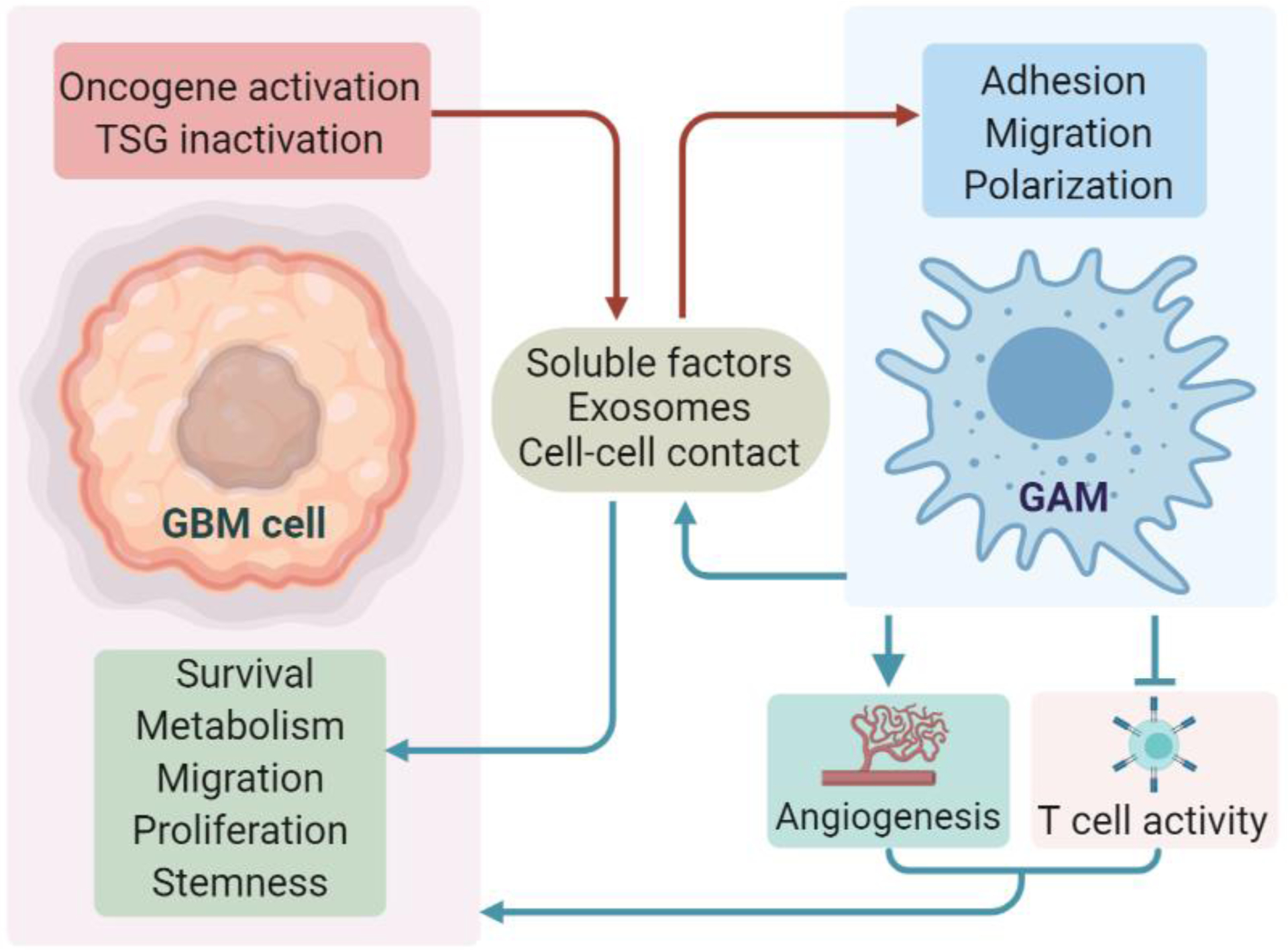Figure 4. Context-dependent glioblastoma (GBM)-macrophage/microglia symbiosis.

Inactivation or activation of specific tumor suppressor genes (TSGs) or oncogenes in GBM cells can regulate the adhesion, migration, and polarization of macrophages and microglia via secretion of soluble factors and exosomes, or through a cell-to-cell contact mechanism in mouse and human GBM models. Reciprocally, such glioblastoma-associated macrophages/microglia (GAMs) can promote GBM cell survival, proliferation, metabolism, migration, and self-renewal. GAMs can also promote GBM progression via indirect mechanisms (e.g., stimulating angiogenesis, and suppressing CD8+ and CD4+T cell activity). This figure was created using BioRender (https://biorender.com/).
